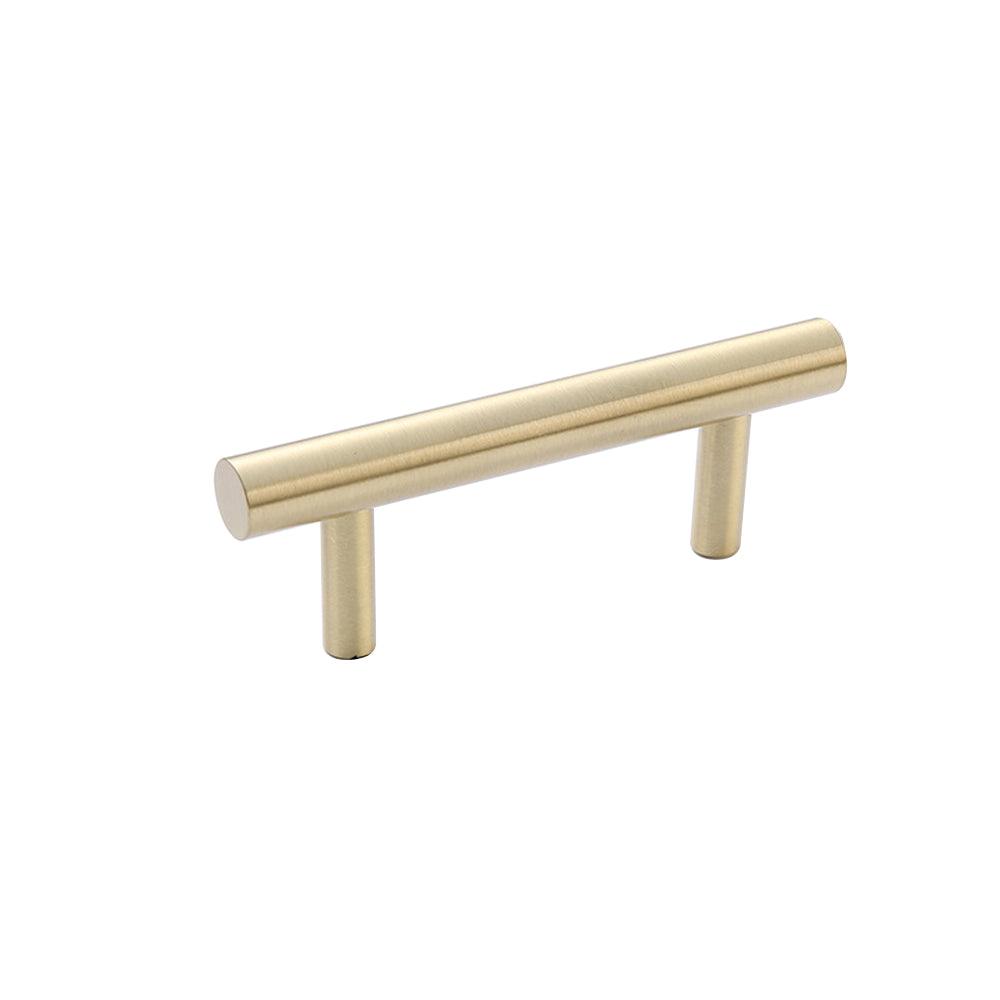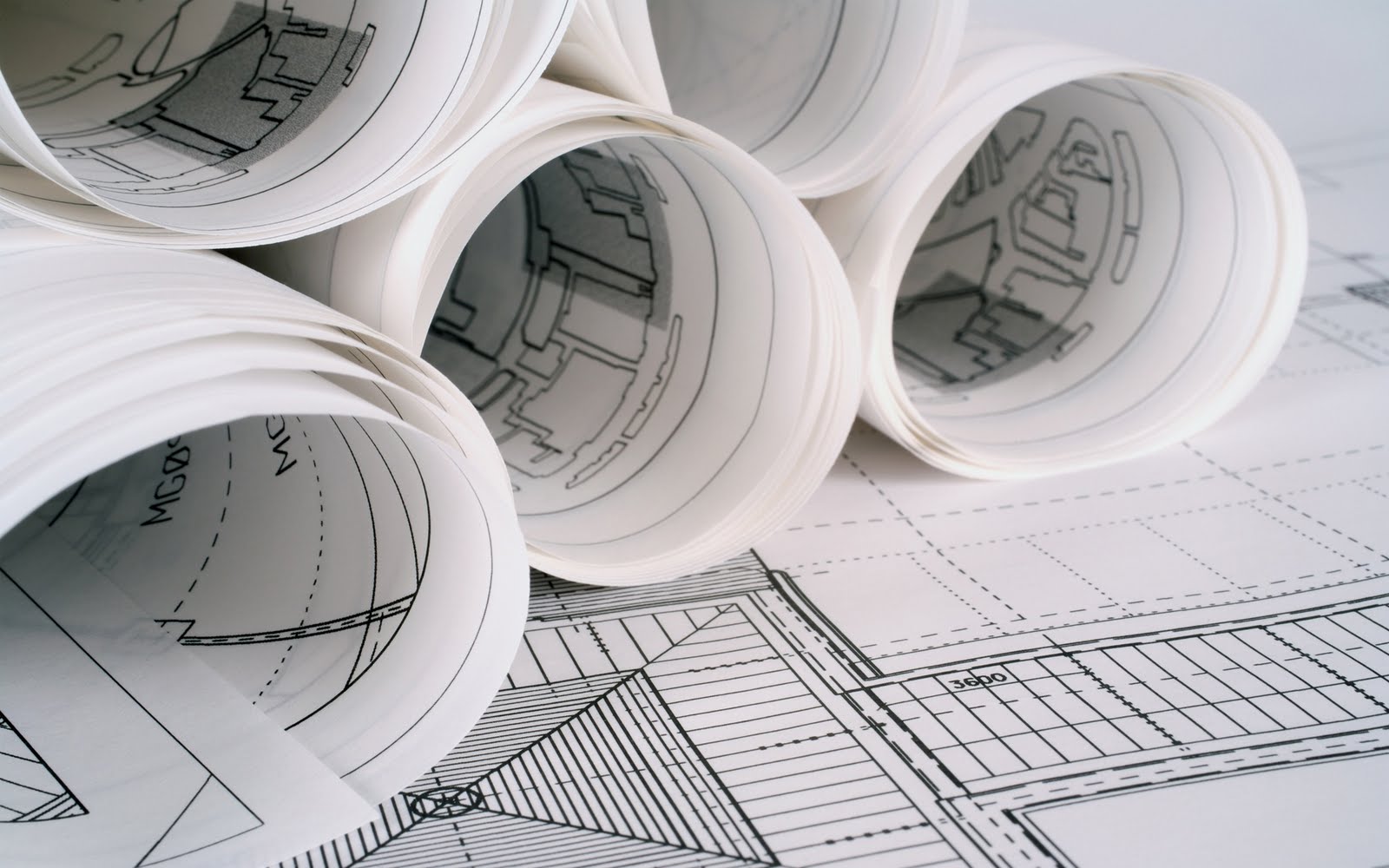PROJECT HARDWARE
7 common types of cabinet hardware
Cabinet hardware refers to the functional and decorative components used to enhance the appearance and functionality of cabinets, drawers, and other furniture pieces. These hardware items include knobs, pulls, hinges, handles, latches, and other accessories. Cabinet hardware serves both practical and aesthetic purposes, allowing for easy operation and adding style to the overall design of cabinets. Here's an overview of common types of cabinet hardware:
1. Knobs: Cabinet knobs are small, round-shaped hardware pieces that are attached to the front surface of cabinet doors and drawers. They are available in various materials, such as metal, wood, glass, ceramic, or plastic. Knobs provide a simple and traditional look, and they come in a wide range of styles and finishes to complement different cabinet designs.
2. Pulls: Cabinet pulls, also known as handles or drawer pulls, are elongated hardware pieces that are attached to the front of cabinet doors and drawers. They offer a larger gripping area compared to knobs, making them easier to grasp. Pulls come in different shapes, such as bar pulls, cup pulls, bail pulls, or recessed pulls, and they can be found in various materials, finishes, and sizes to suit different aesthetics and functional needs.

3. Hinges: Cabinet hinges are essential for attaching cabinet doors to the cabinet frame, allowing them to open and close smoothly. They provide support and ensure proper alignment of the doors. Hinges can be concealed (hidden from view when the door is closed) or exposed, and they are available in different types, such as European hinges, butt hinges, pivot hinges, or overlay hinges, depending on the desired door style and functionality.
4. Drawer Slides: Drawer slides, also called drawer glides, are mechanisms that enable smooth and controlled movement of drawers in and out of cabinets. They come in various designs, including side-mount, under-mount, and center-mount slides. Drawer slides can be made of metal or plastic and offer different load capacities and extension lengths based on the drawer size and usage requirements.
5. Latches and Catches: Cabinet latches and catches are used to secure cabinet doors and keep them closed when not in use. They provide a mechanical lock or magnetic closure, ensuring that the doors remain shut until intentionally opened. Latches and catches are available in different styles, such as magnetic catches, roller catches, touch latches, or ball catches.
6. Backplates: Backplates are decorative plates that are mounted behind cabinet knobs or pulls. They enhance the visual appeal of the hardware and protect the cabinet surface from scratches or damage caused by frequent use. Backplates come in various materials, finishes, and designs, adding an extra layer of style and elegance to cabinets.
7. Decorative Accessories: Cabinet hardware also includes various decorative accessories, such as escutcheons, keyhole covers, corner brackets, ornamental hinges, and decorative nails. These accessories add a touch of uniqueness and charm to cabinets and can help create a specific design theme or style.
When choosing cabinet hardware, consider the following factors:
1. Style: Select hardware that complements the overall style of your cabinets and the surrounding decor. Whether your cabinets have a modern, traditional, rustic, or transitional design, choose hardware that aligns with the desired aesthetic.
2. Material and Finish: Consider the material and finish of the hardware to ensure durability and visual appeal. Common options include metals (such as brass, stainless steel, or bronze), wood, glass, ceramic, or plastic. Choose a finish that coordinates with other elements in the space, such as the cabinet color, countertops, or appliances.
3. Functionality: Evaluate the functionality of the hardware. Ensure that knobs, pulls, hinges, and drawer slides are of high quality and designed to withstand frequent use. Consider factors like weight capacity, smooth operation, and ease of installation.
4. Budget: Set a budget for your cabinet hardware. Prices can vary depending on the material, design complexity, and brand. Balance your desired style and quality with your budget constraints.
5. Consistency: For a cohesive look, aim for consistency in hardware style and finish throughout your cabinets. Mixing and matching different hardware styles can create visual confusion, while consistency brings a sense of harmony.
6. Ergonomics: Consider the comfort and ease of use when selecting knobs or pulls. Ensure that they are ergonomically designed and offer a comfortable grip for easy operation.
Remember that cabinet hardware can significantly impact the overall appearance and functionality of your cabinets. Taking the time to choose the right hardware can elevate the design of your space and enhance the user experience.




